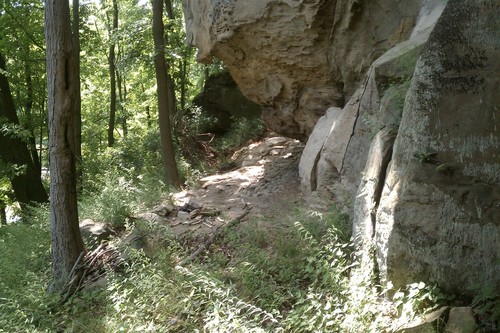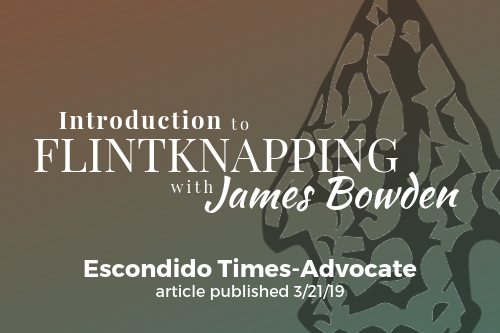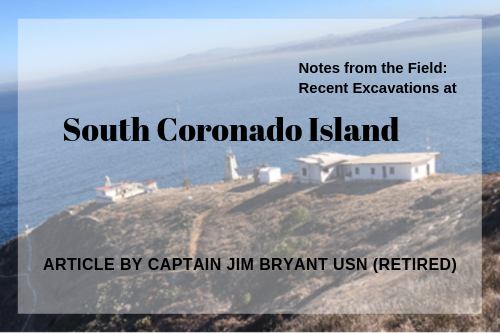
Dig These Reads: The Land Bridge Model (13,000 ya)
Dig These Reads is a blog about archaeological theories, concepts, and techniques featured in our upcoming events. To correspond with Members Only: By Land and Sea, read about one of the different theories on the peopling of the Americas.
The land mass known as Beringia originated during the Pleistocene epoch (known as the Ice Age in popular culture) when periodic global cooling resulted in the lowering of sea levels as glaciers formed. As the sea levels lowered, the land mass between present day Siberia and Alaska formed a bridge connecting the continents of Asia and North America. Although this model was considered the principle path of migration of humans into North America, conflicting timelines now state otherwise. Because of the fusion of ice sheets between the two continents, the path from Asia to North America was blocked and unusable before 13,000 years ago. However, evidence from the Meadowcroft Rockershelter in Pennsylvania suggests human occupation before the land bridge became accessible. A deer antler fragment with indications of butchering and burning, dated as far back as over 16,000 years ago, suggests other possible routes for early humans to have migrated.




